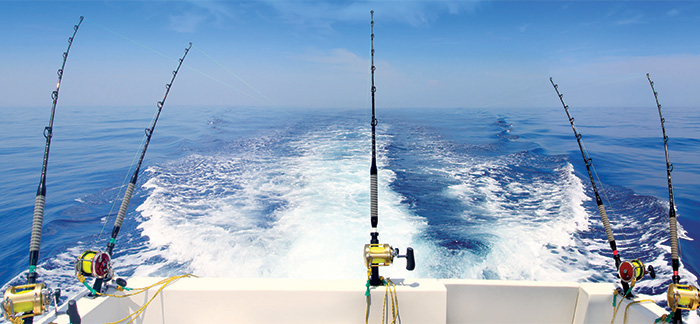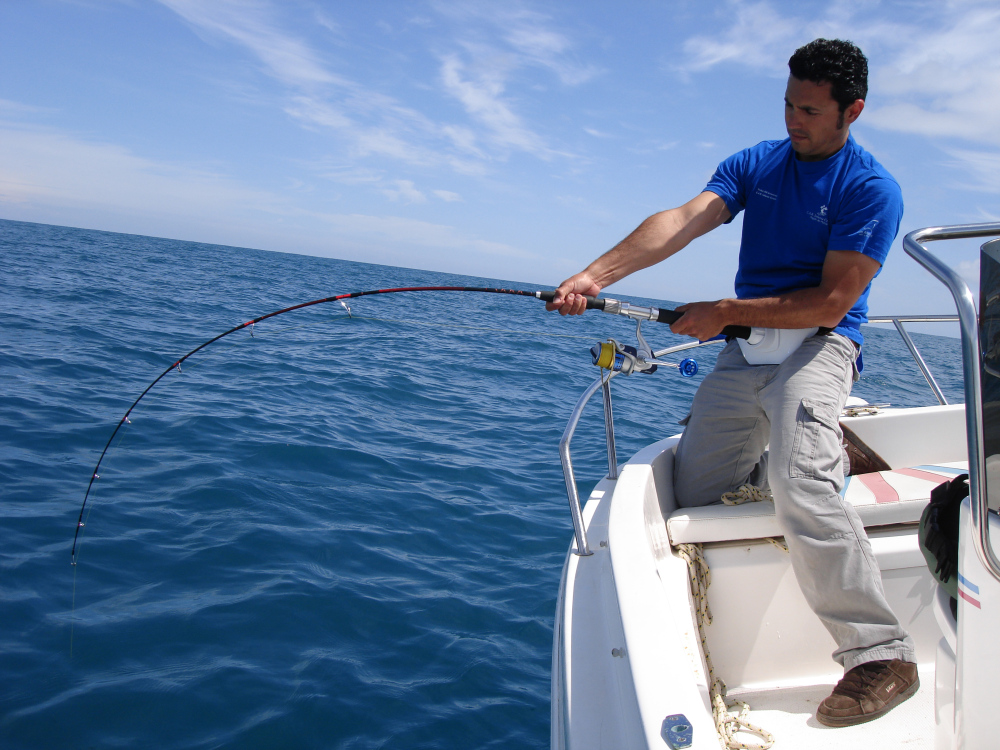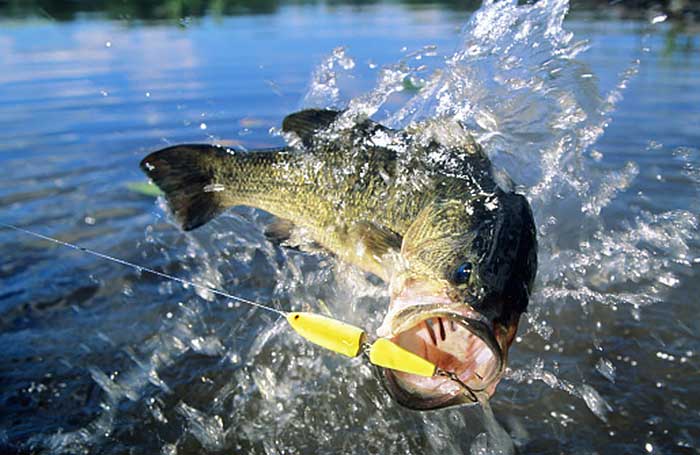Fishing isn’t just about dropping a line into the water and hoping for the best; it’s a skillful craft that requires knowledge of various fishing techniques. Understanding these techniques is essential for success, as each is tailored to specific situations, species, and environmental conditions. In this article, we’ll explore a range of essential fishing techniques that every angler should know, helping you become a more versatile and successful angler.
1. Casting and Retrieving

Casting and retrieving is the fundamental technique of angling. It involves casting your line into the water and retrieving it to entice fish to strike. This technique is versatile and can be used with various lures and baits. It’s particularly effective for catching species like bass, trout, and pike.
2. Bottom Fishing

Bottom fishing involves presenting bait on or near the lake or riverbed, where bottom-dwelling fish often feed. This technique uses weights to anchor the bait and can be highly productive for species like catfish, flounder, and snapper.
3. Trolling

Trolling is a method in which you drag lures or baits behind a moving boat. It’s commonly used in open water, particularly for targeting fast-swimming species like salmon, trout, and marlin. Trolling allows you to cover a large area and is known for producing trophy-sized fish.
4. Fly Fishing

Fly fishing is a graceful and precise technique that involves casting lightweight artificial flies. It’s a favorite among trout and salmon anglers but can also be adapted for various other species. Fly fishing requires skill in casting and an understanding of insect patterns.
5. Ice Fishing

Ice fishing is a cold-weather technique practiced on frozen lakes and rivers. Anglers drill holes through the ice and use specialized equipment like ice fishing rods and tip-ups. Common catches include perch, walleye, and panfish.
6. Jigging

Jigging is a versatile technique that involves raising and lowering a lure or bait vertically in the water column. It’s effective for enticing a variety of species, from crappie and walleye to tuna and cod. Jigging requires precise control and finesse in your movements.
7. Drift Fishing
Drift fishing is employed in moving water, allowing the current to carry your bait or lure downstream. This technique is excellent for river fishing and can yield catches such as trout, salmon, and smallmouth bass. Properly presenting your bait’s natural drift is key to success.
8. Topwater Fishing

Topwater fishing involves using lures that float on the water’s surface. This technique creates enticing surface disturbances that attract predatory fish. Topwater lures are perfect for targeting species like bass, pike, and muskellunge.
9. Nymphing

Nymphing is a specialized fly fishing technique that imitates aquatic insect larvae. It involves presenting small, subsurface nymphs to trout and other freshwater species. Nymphing requires a delicate presentation and keen observation to detect subtle strikes.
10. Spearfishing

Spearfishing is an underwater technique where divers use spearguns or pole spears to catch fish while submerged. This method is popular in coastal regions and allows for sustainable harvesting of various species.
Angling is a dynamic and diverse pursuit, with numerous techniques tailored to different situations and preferences. Whether you’re casting lures for bass, bottom fishing for catfish, or fly fishing for trout, mastering these techniques broadens your angling repertoire and increases your chances of success. As you gain experience, you’ll discover the joy of adapting your skills to various fishing scenarios, making each trip to the water an exciting adventure filled with the potential for memorable catches.

